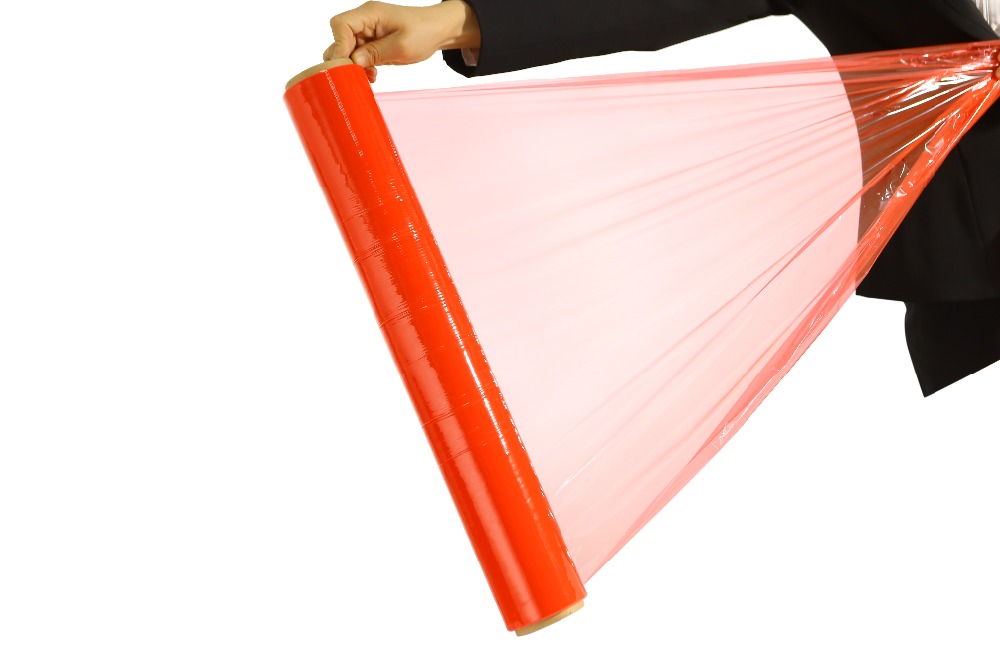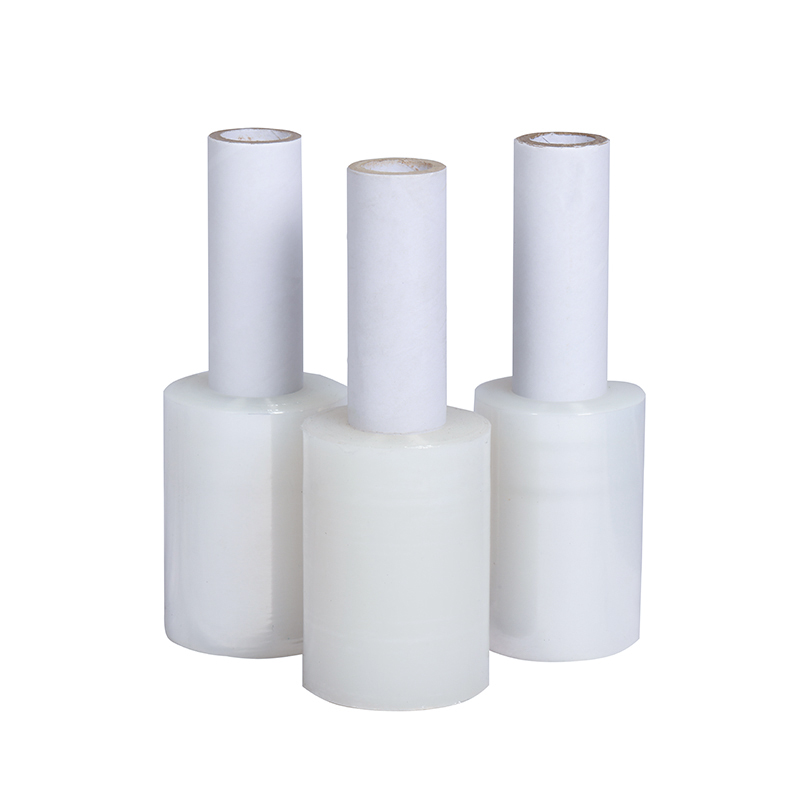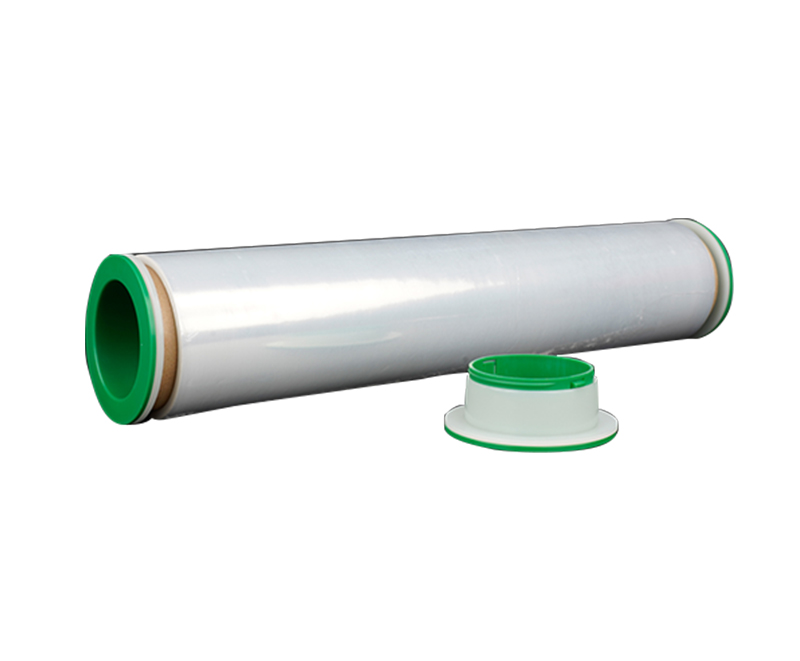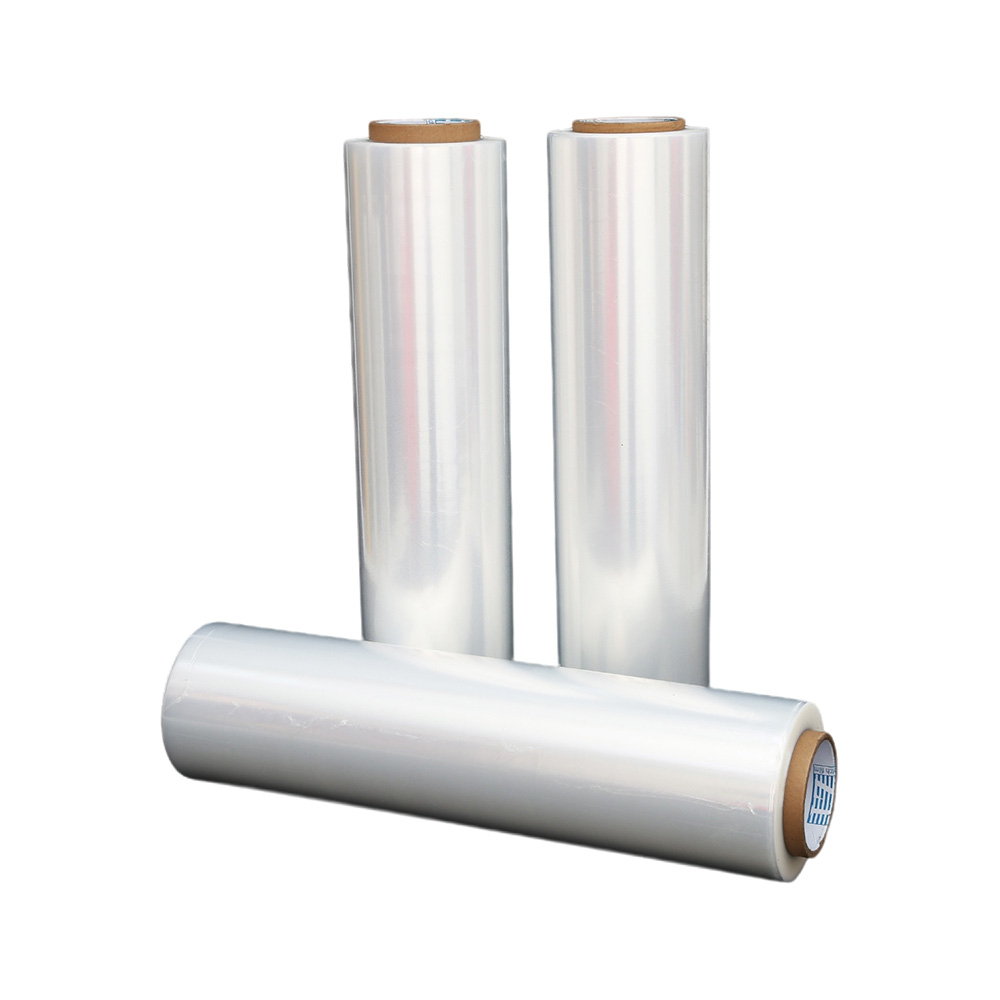Why vacuum packaging materials need stretch film
Source:Why vacuum packaging materials need stretch filmTime:2019-02-23Visitors:
The current food packaging is mainly vacuum packaging. Vacuum packaging is a good way to preserve the product, whether it is to improve the shelf life of the product, preservation, etc.
Modern films are generally prepared under vacuum conditions. "Vacuum" is a necessary condition for coating, so it is necessary to remember the basic knowledge of vacuum.
The stretched film is formed by applying PNA coated with a nano-inorganic material to a polyethylene stretched film, and then printing and compounding, thereby solving the current three-layer polyethylene co-extruded packaging stretching without greatly increasing the cost. Technical bottleneck with poor barrier properties.
The biaxially oriented polypropylene stretched film is obtained by coextruding polypropylene particles into a sheet and then stretching in both directions. Due to the orientation of the stretched molecules, the stretched film has better physical stability, mechanical strength, airtightness, higher transparency and gloss, and is tough and wear resistant. Its barrier properties are not only significantly better than EVOH five-layer co-extruded stretch film, but also the packaging cost is greatly reduced, which not only ensures the quality requirements of the packaged materials for aseptic packaging, but also greatly reduces the sterility of food processing enterprises. The cost of packaging solves the technical bottleneck of the poor barrier properties of the stretch film of the three-layer polyethylene co-extruded package, and can be used for packaging beverages, juices, milk, soy sauce vinegar, and the like.
Stretch film is currently the most widely used printing film, generally used in a thickness of 20 ~ 40μm, the most widely used is 20μm. The main disadvantage of the biaxially oriented polypropylene stretch film is that it is poor in heat sealability, so it is generally used as a composite outer stretch film, such as moisture resistance, transparency, strength, stiffness and printability after compounding with a polyethylene stretch film. Ideal for dry foods.

Modern films are generally prepared under vacuum conditions. "Vacuum" is a necessary condition for coating, so it is necessary to remember the basic knowledge of vacuum.
The stretched film is formed by applying PNA coated with a nano-inorganic material to a polyethylene stretched film, and then printing and compounding, thereby solving the current three-layer polyethylene co-extruded packaging stretching without greatly increasing the cost. Technical bottleneck with poor barrier properties.
The biaxially oriented polypropylene stretched film is obtained by coextruding polypropylene particles into a sheet and then stretching in both directions. Due to the orientation of the stretched molecules, the stretched film has better physical stability, mechanical strength, airtightness, higher transparency and gloss, and is tough and wear resistant. Its barrier properties are not only significantly better than EVOH five-layer co-extruded stretch film, but also the packaging cost is greatly reduced, which not only ensures the quality requirements of the packaged materials for aseptic packaging, but also greatly reduces the sterility of food processing enterprises. The cost of packaging solves the technical bottleneck of the poor barrier properties of the stretch film of the three-layer polyethylene co-extruded package, and can be used for packaging beverages, juices, milk, soy sauce vinegar, and the like.
Stretch film is currently the most widely used printing film, generally used in a thickness of 20 ~ 40μm, the most widely used is 20μm. The main disadvantage of the biaxially oriented polypropylene stretch film is that it is poor in heat sealability, so it is generally used as a composite outer stretch film, such as moisture resistance, transparency, strength, stiffness and printability after compounding with a polyethylene stretch film. Ideal for dry foods.

Recommended Products
Ranked in the same article
- how to use the stretch film technology to r
- How can we get detailed price list?
- Five common quality problems of PE protecti
- Plastic film degradation
- How to guarantee punctual shipment for our
- Gauge to Micron and Millimetre Conversion G
- What is the difference between stretch film
- Testing the permeability of stretch film
- Stretch film temperature requirements
- Electrical wire film VS electrostatic film
- Why insufficient transparency of stretch w
Latest news articles
- How can PE stretch film be cut better?
- What is the Difference Between Magic Tape a
- How to check the quality of PE stretch film
- Bundling Stretch Film: Optimize Your Packag
- What Properties Ensure Effective Cold Chain
- Factors affecting viscosity of PE stretch f
- The 133rd Spring Canton Fair
- The Ultimate Guide to Choosing the Right Ma
- The significance of using PE electric wire
- Advantages of white engineering film
- Stretch Film Wrap: Unraveling Its Benefits



